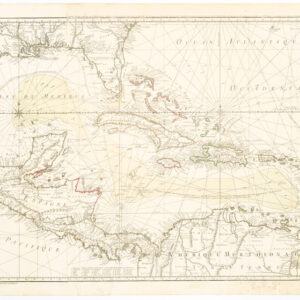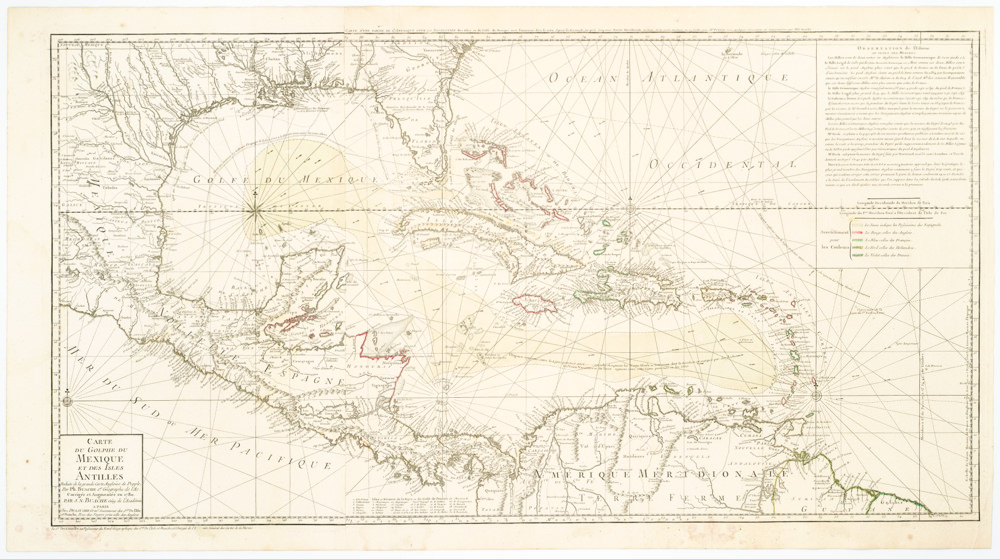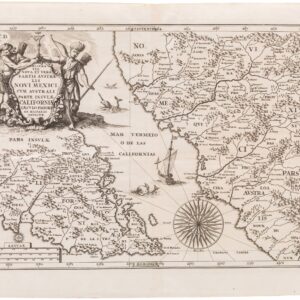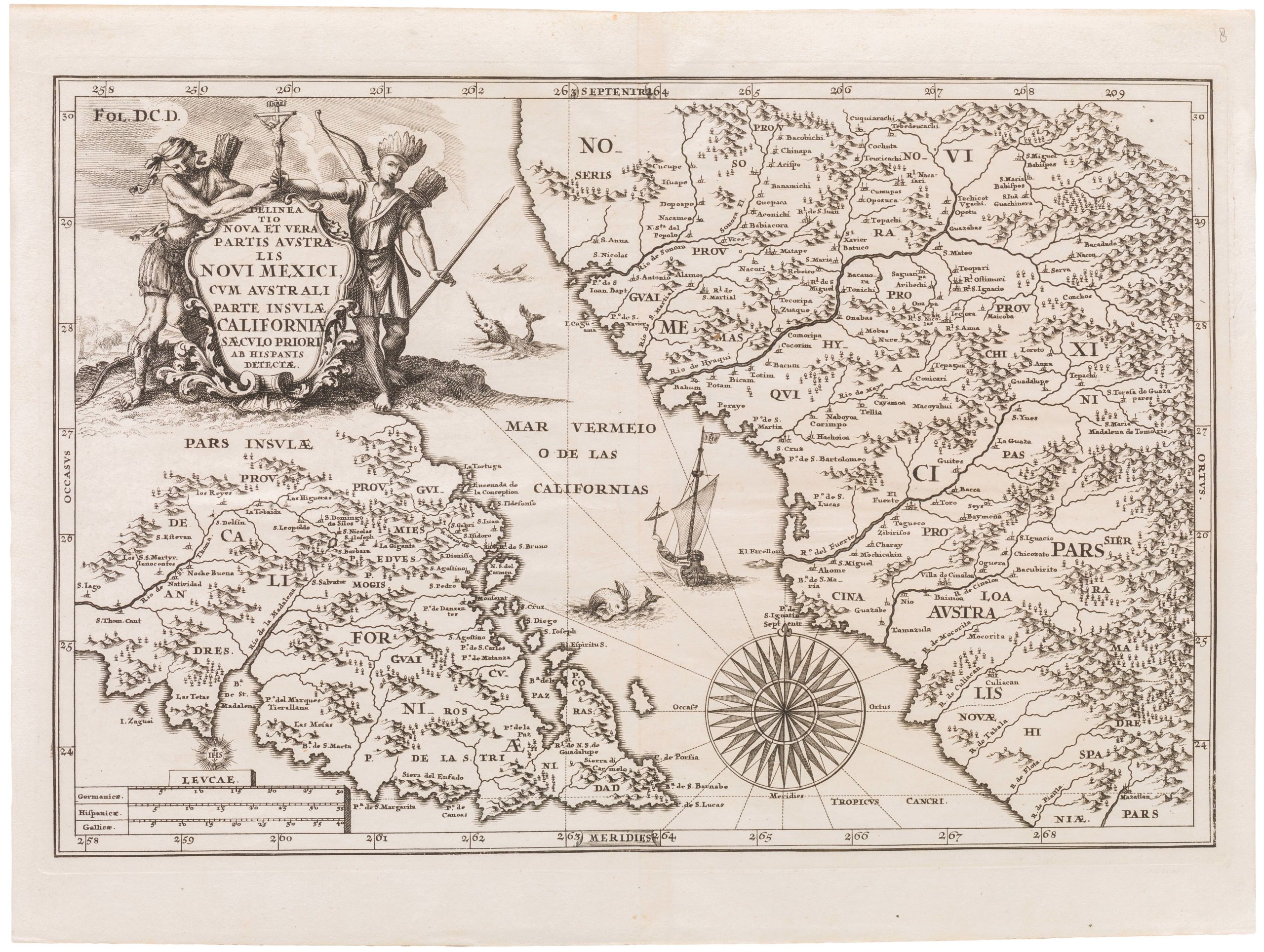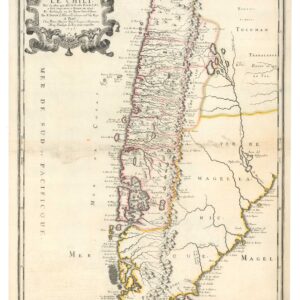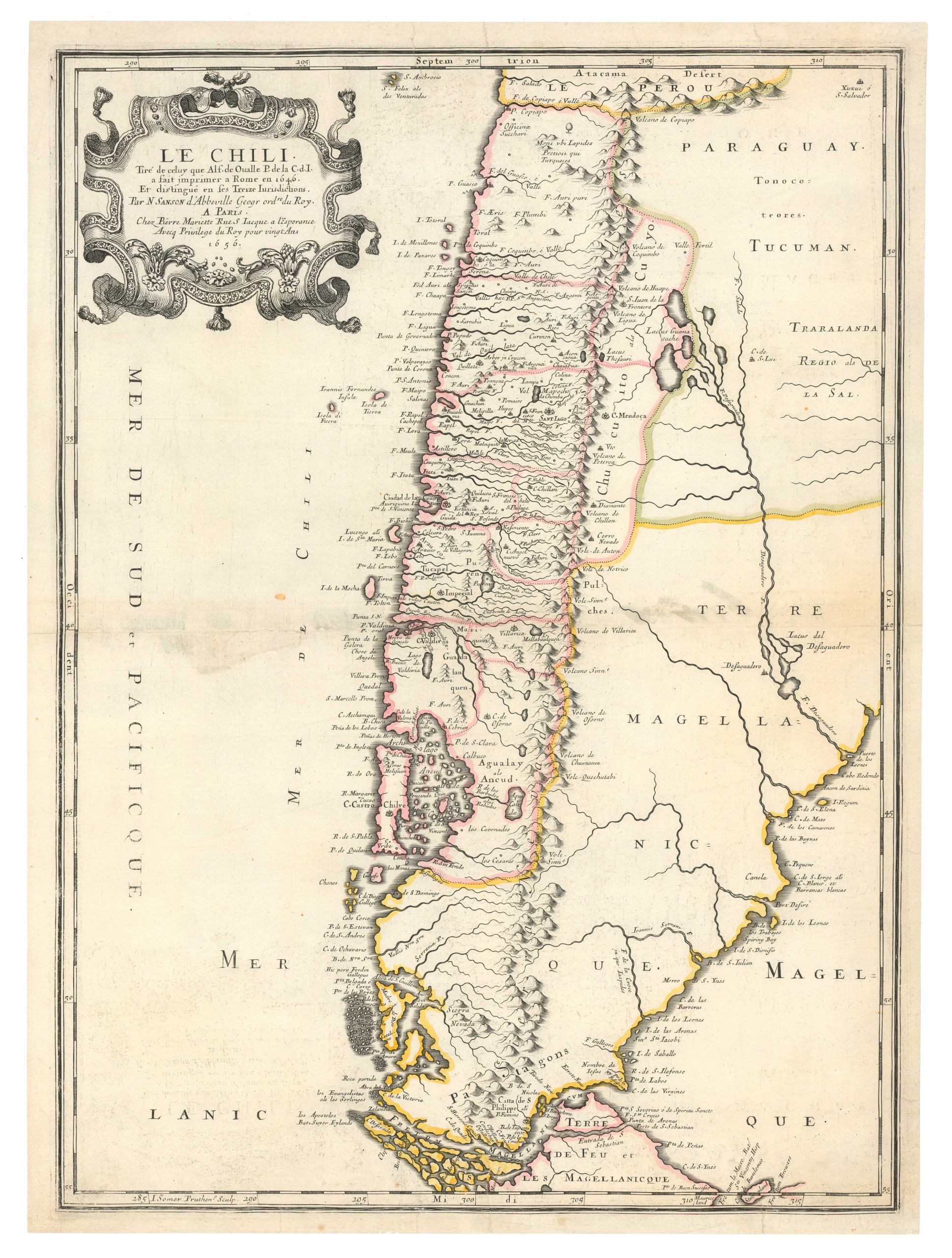An important early map of Chile, from Giuseppe Sallusti’s decisive early 19th century travel account.
Mapa Del Pais Que Habitan los Araucanos En Chile.
Out of stock
Description
The Mapa Del Pais Que Habitan los Araucanos En Chile is a rare and historically significant document that offers a unique glimpse into the administrative and ethnic sub-division of Chile in the early 19th century. Published in Rome in 1827, this map was created to illustrate the account of Giuseppe Sallusti, an Italian traveler who documented his journey from Rome to Chile, providing essential insights into various South American cities, customs, and Catholic missions.
The map was based on an earlier map compiled by Juan Ignacio Molina (Mapa del Pais que habitan los araucanos en Chile de poncho chileno) and published in Madrid in 1795. Molina was a Chilean-born Jesuit priest, historian, and naturalist known for his comprehensive works on his homeland’s geography and natural history. His map was one of the first to provide detailed cartographic information about the Araucanian territories, highlighting the region inhabited by the indigenous Mapuche people, the Araucanos. Sallusti significantly extends the map’s geographical coverage by inserting it into inset maps. Like Molina, Sallusti’s main map covers an area up to about 34.5 degrees north and provides a detailed view of the local Araucanian administration at the time. In addition to updating the situation, Sallusti extends the scope northwards to the 24 parallel and southwards with an inset of Tierra Del Fuego. The latter constituted a vital feature of the new map and a significant update for Molina.
The map originally accompanied Giuseppe Sallusti’s travel account, which provided one of the first comprehensive descriptions of southern South America. In it, Sallusti describes various cities, including Buenos Aires, Mendoza, Santiago de Chile, and Montevideo. He also delves into the customs of the South American Indians, providing detailed descriptions of their customs, traditions, and interactions with European settlers. Sallusti’s narrative also constitutes an essential update on the status of Catholic missions in Chile, offering fresh details on the religious and colonial efforts in the region.
The success of Sallusti’s account underscores the European interest in South American geography and culture during the 19th century. It reflects a broader trend of explorers and scholars seeking to document and understand this part of the world. Today, the map is seen as valuable historical documentation and an example and symbol of the fruitful collaboration between European and South American scholars. By building on Molina’s foundational work, Sallusti provided European audiences with a more comprehensive view of the Araucanian region, thus contributing to the broader understanding of Chile’s geography and indigenous cultures.
Census
The map was published in 1827 in Sallusti’s book Storia delle missioni apostoliche dello stato de Chile: colla descrizione del viaggio dal Vecchio al Nuovo Mondo fatto dall’ autore 3 [Dell’ ingresso in Santiago del Chile, descrizione di questo stato, e delle sue case di missione].
The OCLC lists two institutional copies of this work in Berlin and Hamburg respectively (no. 256620505).
Cartographer(s):
Giuseppe Sallusti was an Italian traveler and writer of the early 19th century, known for his detailed and insightful accounts of his journeys through South America. Born in Rome, Sallusti embarked on an extensive exploration that took him from his homeland to Chile’s distant and diverse regions. His travels were meticulously documented in his writings, which provided a rich tapestry of the cultural, social, and geographical landscapes he encountered. Sallusti’s work stands out for its detailed observations and ability to capture the essence of the places he visited, particularly in his descriptions of cities like Buenos Aires, Mendoza, Santiago de Chile, and Montevideo.
Sallusti’s most notable contribution to cartography and historical literature is his involvement in creating the 1827 map Mapa Del Pais Que Habitan los Araucanos En Chile. This map, based on the earlier work of Juan Ignacio Molina, was published in Rome and illustrated Sallusti’s travel account. Through this map and his accompanying writings, Sallusti provided valuable insights into the customs of the South American Indians, the situation of Catholic missions, and the broader socio-political context of the region. His collaboration with prominent cartographers and his dedication to documenting his experiences have left a lasting legacy in historical geography and exploration.
Condition Description
Average. Foxing, wear, and discoloration at top. Wormhole in right margin.
References
